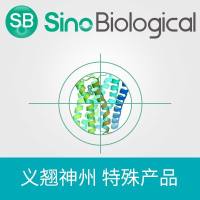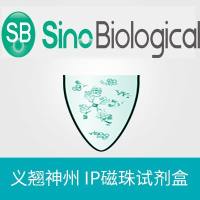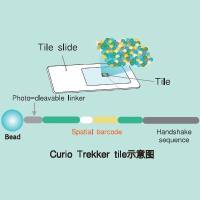T-Cell Epitope Mapping with Synthetic Peptides and Peripheral Blood Mononuclear Cells
互联网
731
The epitopes recognized by the antigen receptors on T-lymphocytes (T-cells) consist of a molecular complex made up of a self-protein and a short linear peptide (1 ). The self protein is a product of the major histocompatibility gene complex (MHC), and is classified as either a Class I or a Class II molecule. Class I and Class II MHC molecules are specialized to hold and present peptides on the surface of the cell, making them available for interaction with the T-cell receptor (TCR). Despite the structural similarity of Class I and Class II MHC molecules, their functional roles are quite different. Class I MHC molecules are present on most cells in the body and are specialized for presentation of peptides derived from proteins synthesized within the cell. These Class I-peptide complexes are recognized by cytotoxic T-cells (Tc or CTL), and are corecognized by the CD8 molecules present on the surface of CD8+ cells. In contrast, Class II MHC molecules are present only on certain specialized antigen-presenting cells (APC) and are recognized by helper T-cells (Th), which carry the CD4 molecule as the corecognition molecule for MHC Class II. As the names imply, Tc generally take the role of killer cells on recognition of an MHC Class I-peptide complex, whereas Th are programmed to help both the antibody and cytotoxic T-cell responses following contact with their specific MHC Class II-peptide complex.









